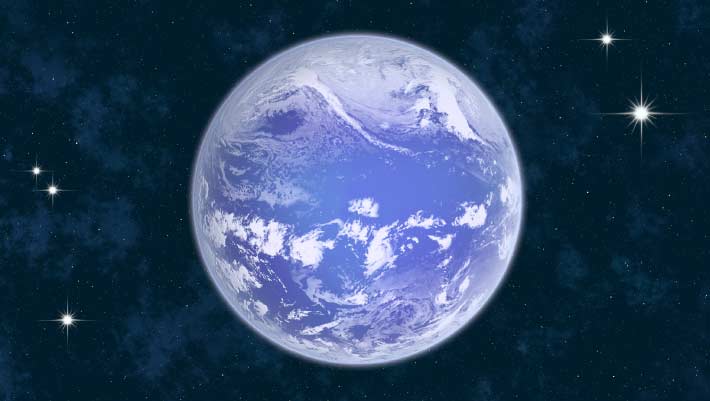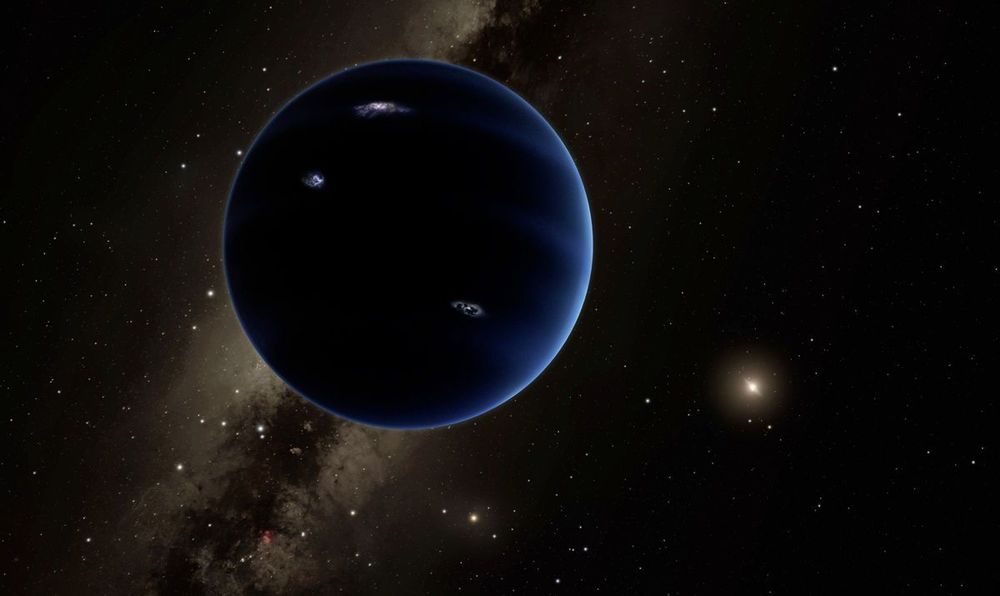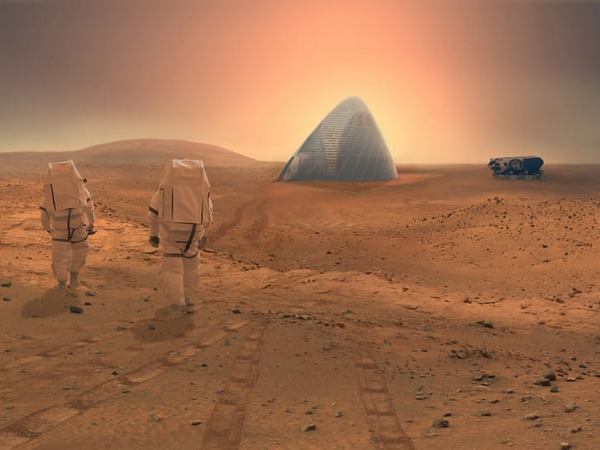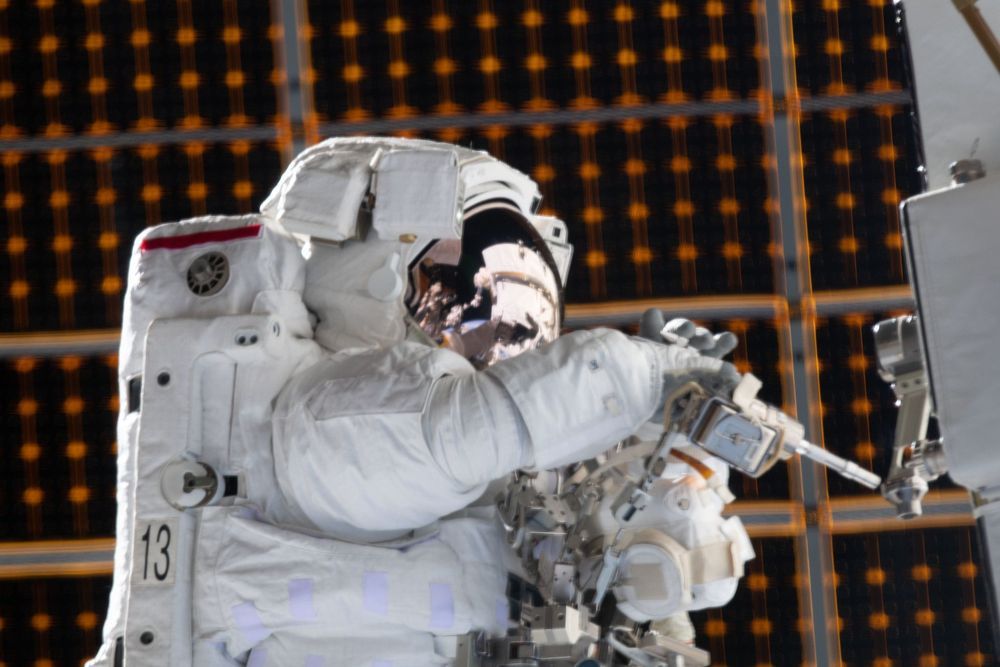Horizons mission — Soyuz(rocket) launch to orbit at 27000km/hr!! Astronauts launching for Space Station #MustWatch #SpaceExploration Info about mission: Soyuz MS-09 was a Soyuz spaceflight which launched on 6 June 2018. It transported three members of the Expedition 56/57 crew to the International Space Station (ISS). The crew consisted of a Russian commander, and an American and a German flight engineer. The mission ended at 05:02 UTC on 20 December 2018.
Category: space – Page 803

Ocean Worlds May Be Common in Our Milky Way Galaxy
A team of U.S. astronomers has calculated internal heating rates for 53 terrestrial exoplanets and found that all of them are likely to have volcanic activity at their surfaces, and that at least 26% could be ocean worlds, with a majority similar in structure to the icy moons of our Solar System’s giant planets.
New Vertical Takeoff and Landing flying taxi has its roots in modern sci-fi films
Flying automobiles have long been a staple of science fiction’s optimistic visions of tomorrow, right up there with rocket jetpacks, holidays on the moon, and robot butlers. And who wouldn’t want to climb into a vehicle capable of rising up into the air above the clogged arteries of traffic experienced on most major boulevards, highways, and freeways?
Now a lofty new air taxi being built by the Israeli startup firm Urban Aeronautics hopes to cash in on those promises with its new Vertical Takeoff and Landing (VTOL) car that unites technology with Jetsons-like futuristic dreams mostly only observed in films like Blade Runner, The Fifth Element, Back to the Future, and most recently on TV in Season 3 of HBO’s Westworld.



The Case for Colonizing Mars
This post by Dr. Robert Zubrin originally appeared at National Space Society.
Mars Is The New World
Among extraterrestrial bodies in our solar system, Mars is singular in that it possesses all the raw materials required to support not only life, but a new branch of human civilization. This uniqueness is illustrated most clearly if we contrast Mars with the Earth’s Moon, the most frequently cited alternative location for extraterrestrial human colonization.

NASA TV Coverage Set for Final Space Station Spacewalk Power Upgrades
Chris Cassidy and Robert Behnken are scheduled to go outside the International Space Station (ISS) Friday, June 26, and Wednesday, July 1, for spacewalks to begin the replacement of batteries for one of the power channels on the orbiting laboratory.
NASA Television and the agency’s website will broadcast the spacewalks live, along with a news briefing to discuss them.
The briefing will take place at 2 p.m. EDT Wednesday, June 24, at the agency’s Johnson Space Center in Houston. Coverage of the spacewalks will begin at 6 a.m. on the day of each spacewalk. The spacewalks will begin at around 7:35 a.m., and will last as long as seven hours.


Picture Of ‘Human Bone’ Found On Mars Explained
In recent times it seems an image of a human bone sitting somewhere on Mars has been making its rounds yet again. While we’re not sure why this is happening, there is a story behind this ‘bone’ and the image it was present in.
Now, to kick things off, NO it’s not a human bone. This bone-shaped thing is actually a rock, nothing more and nothing less. While in the photograph it does really look like a bone, that’s just not what it is. Actually, NASA even wrote a small piece on this topic breaking down a bit about how this femur thigh bone looking thing on Mars was a rock and why it was/is the shape that we see in that photograph.

Pentagon issues new strategy to defend U.S. dominance in space
WASHINGTON — The Defense Department has released an updated space strategy that replaces the 2011 document issued by the Obama administration.
The Defense Space Strategy unveiled June 17 provides broad guidance to DoD for “achieving desired conditions in space over the next 10 years,” Deputy Assistant Secretary of Defense for Space Policy Steve Kitay said at a Pentagon news conference.
DoD released the 2020 Defense Space Strategy aimed at countering China and Russia.
Cassini(Spacecraft to Saturn) Grand Finale
What has NASA’s Cassini(Spacecraft to Saturn) seen during its Grand Finale?
Watch yourself
#SaturnExploration #SpaceExploration